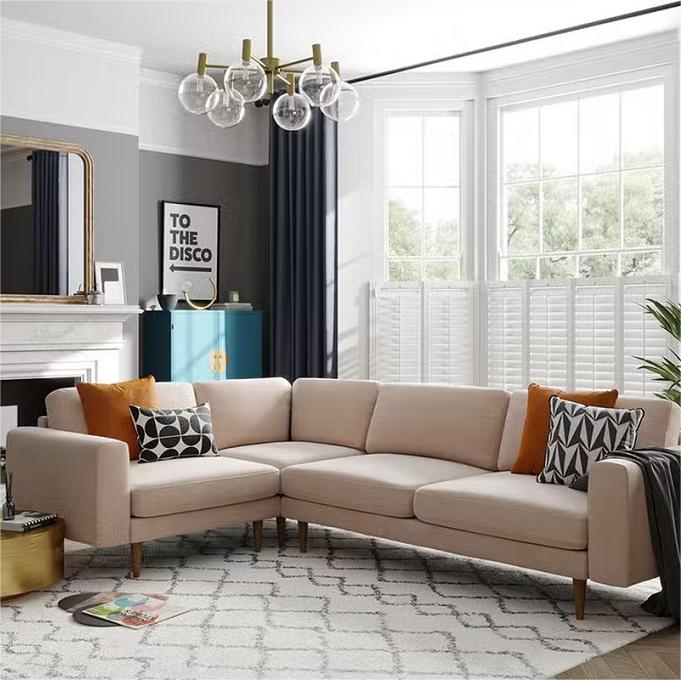
Whether you’re looking to open your own furniture store or re-invent an existing business, it’s essential to understand how to make your company profitable. The first step is to determine your target market. By knowing exactly who you’re trying to reach, you can tailor your marketing strategies to meet their needs.
When it comes to furniture stores, you’re not going to make huge profits if you sell low-quality products. This is true whether you’re selling on the internet or in a brick-and-mortar shop.
Buying from a retail store is more likely to result in a purchase because customers can see and touch the products. Furniture stores can also help customers take home their purchases, which is something that’s important to many people. However, these factors can reduce the profit margin.
In addition to providing quality furniture, your store should have a well-trained sales staff. They should be knowledgeable and friendly. A knowledgeable staff will be more likely to assist customers with questions and problems. Your employees should also be equipped with the tools they need to resolve small issues, such as broken locks.
Investing in a POS system for your store can be a great way to streamline operations. It can also help you manage inventory more effectively. With a POS system, you’ll be able to track serial numbers and data from multiple sources. Additionally, a POS system can connect to your other systems, such as your website, to provide you with accurate data about your inventory.
You should consider the location of your furniture store. Customers will likely visit your store if it is easy to find and accessible to strollers. Also, you should have enough space for shipping and delivery.
The average gross profit margin for a furniture store is over 40 percent. In fact, retail furniture stores experienced a 45 percent increase in their gross profit margins between 2014 and 2018. If you’re planning to open a store, you should know that you have to compete against more established retailers. That’s not to say that you’re not capable of selling high-quality furniture, but it’s important to have a good understanding of the market.
Another factor that will impact your profit is the overhead cost of running your business. Having a large amount of rent or utility costs can cut into your profits. Even if you’re not able to avoid these costs, you can minimize them by negotiating lower rates.
Another factor that can hurt your profit is shipping fees. You’ll want to have a quick turnaround on customer returns. Plus, customers expect fast approval of financing for their furniture purchases. Adding more financing options is another way to increase your customer’s purchasing power.
Despite these challenges, the North American furniture industry is expected to grow at an impressive rate. In fact, the Furniture and Furnishing Manufacturers Association has forecasted 5.3 percent growth per year to 2026.
Having a POS system in your furniture store can help you stay organized and efficient. Not only can you automate processes, you can also eliminate manual tasks, such as tracking serial numbers.
